Some visual help to accompany a more thorough explanation.
writing an article de cristina.cabal
Some visual help to accompany a more thorough explanation.
writing an article de cristina.cabal
It is not very often that I feel depleted of energy. I try to prepare my classes in such a way that they do not only engage students, but also me. I really need this spark in my lessons to keep me motivated. But some Mondays ago, I was just not feeling it and the way the lesson was laid out in the textbook was not helping either. It was mind-numbingly boring, and I was so tired that I could think of nothing to engage me or my students. But thankfully, my colleagues Paula and Alba were there to save the day, and they rushed to help with some ideas. Want to know what came out?
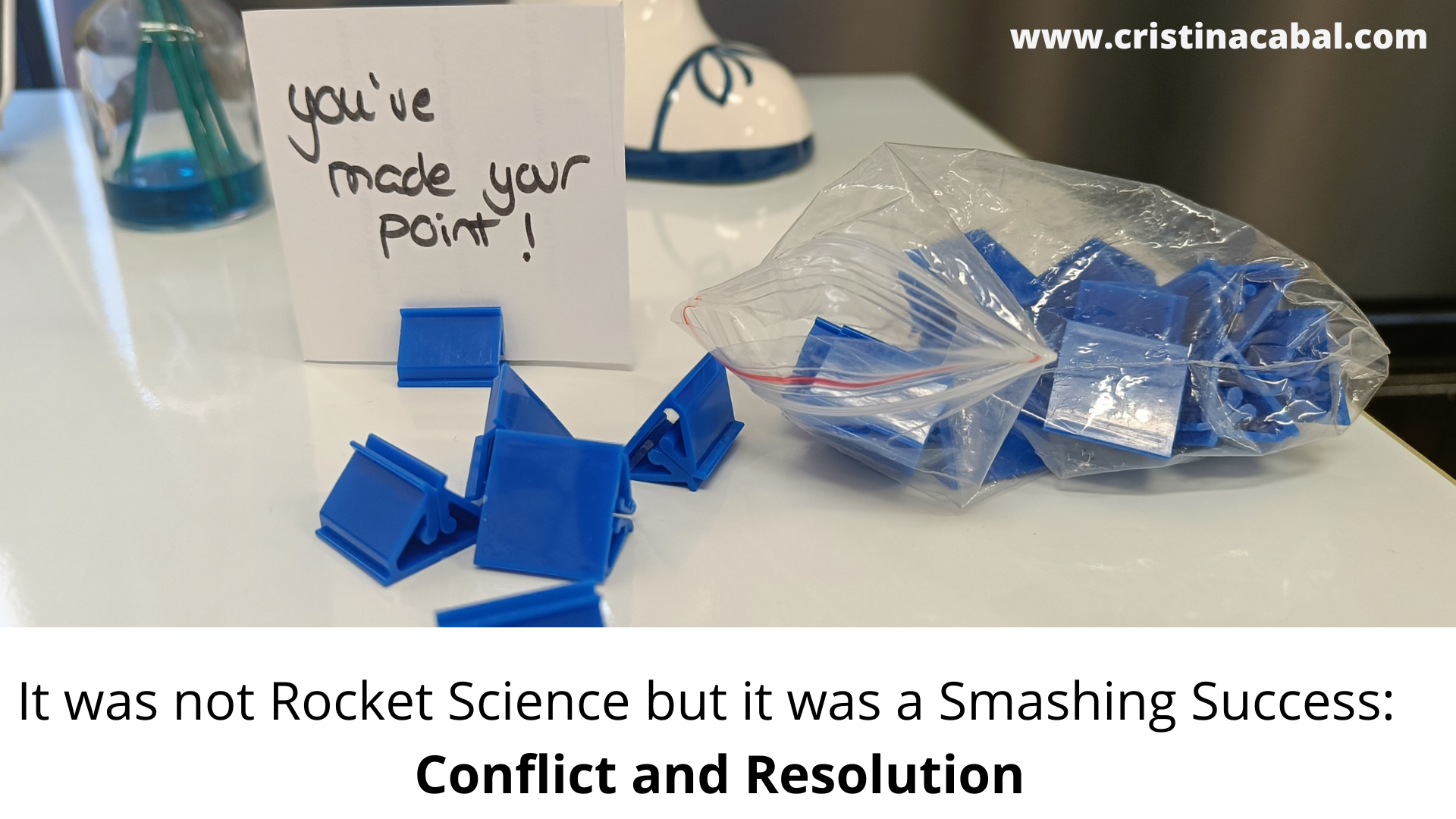
First Step. Always. Revision.
We were working with these useful phrases to use in arguments. So, first and foremost, revision. This is key.
These are some of the sentences we studied:
Using “point”
Some other useful phrases:
Second step:Paper
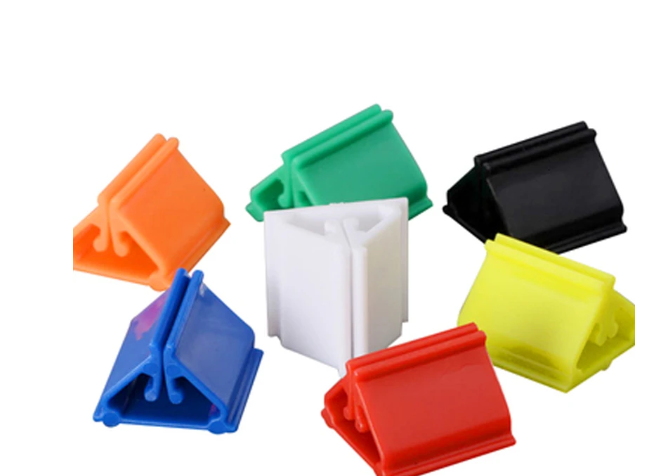
Let’s talk about writing today! If you’re searching for a writing activity that is engaging, effective, promotes collaborative work, and takes only about 20 minutes to complete, then look no further! I have a simple yet effective activity that can help you achieve all these goals.
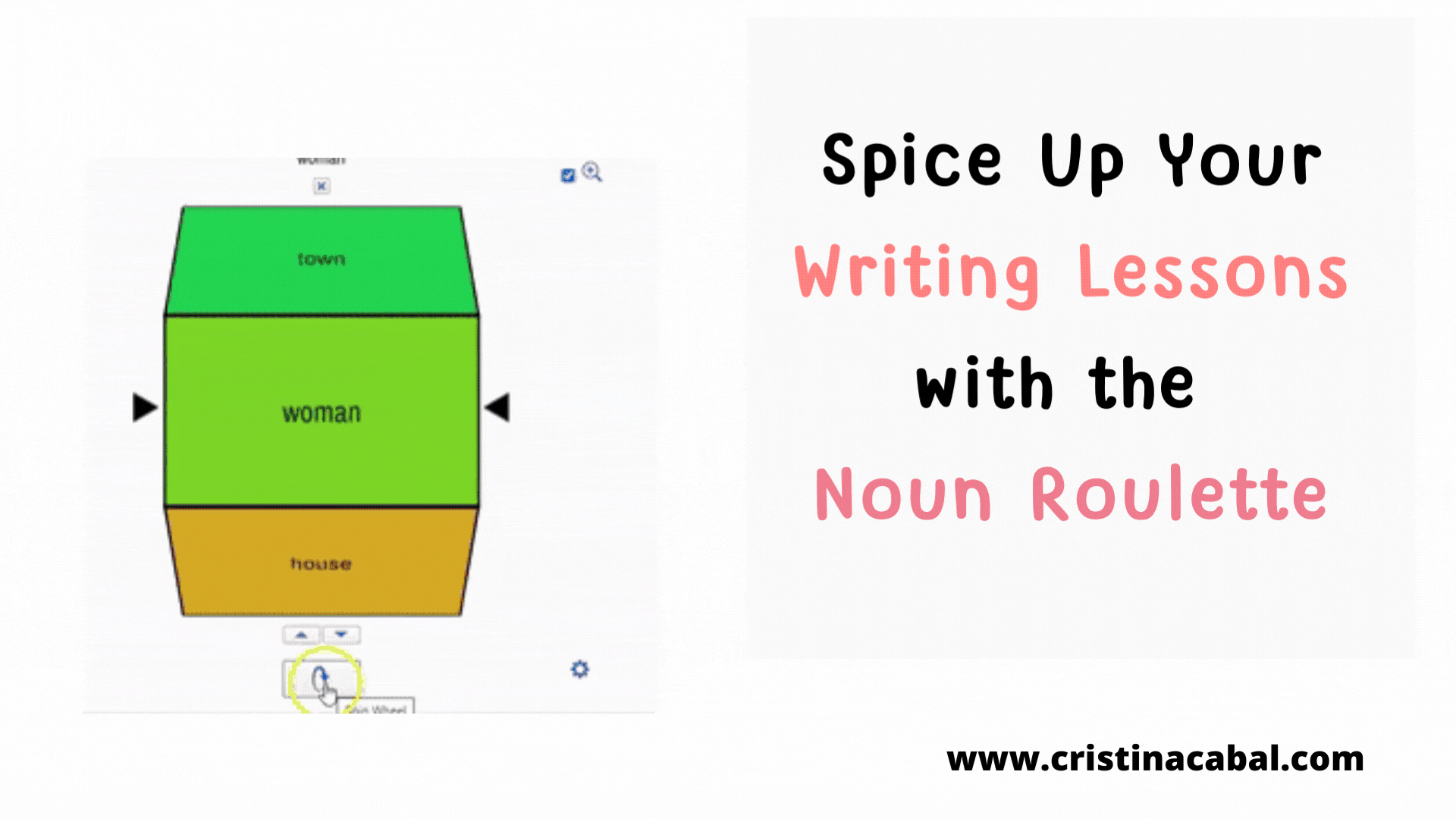
As an educator, I am always looking for new ways to help my students improve their writing skills. That’s why I’m excited to share an activity that I’ve created which has proven to be both effective and engaging for students. In this case, it’s been used in a C1 level class, but it can easily be used with any level. In this blog post, I’ll be explaining the details of this activity and providing examples of how it has helped my students write more advanced texts. If you’re looking for a fun and creative way to help your students improve their writing, then keep reading!
This activity consists of two parts, with the first part being designed specifically for C1 students, or possibly strong B2 students. If you teach lower levels, you’ll need to create your own slides for Part 1 of the activity, but you can still use Part 2 and 3 in this post.
Part 1: The theory
I have created this brief presentation to target some specific points to help them write more advanced sentences. We have focused on 5 key points, including reduced relative sentences, order of the adjectives and using a noun as a compound adjective.
In the last slide, you will find the Noun Roulette Randomizer. Yay!
Improving writing de cristina.cabal
Part 2: The Noun Roulette Randomizer
Time to recycle spare photocopies! Cut them into strips of paper large enough to write a long sentence on.
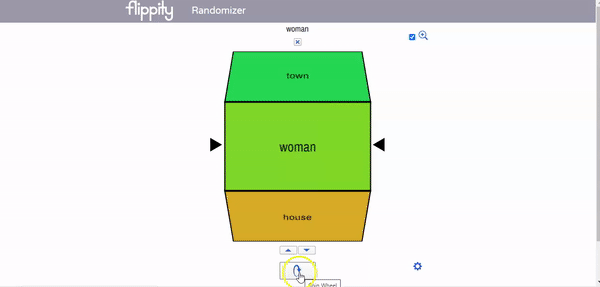
Part 3: Voting
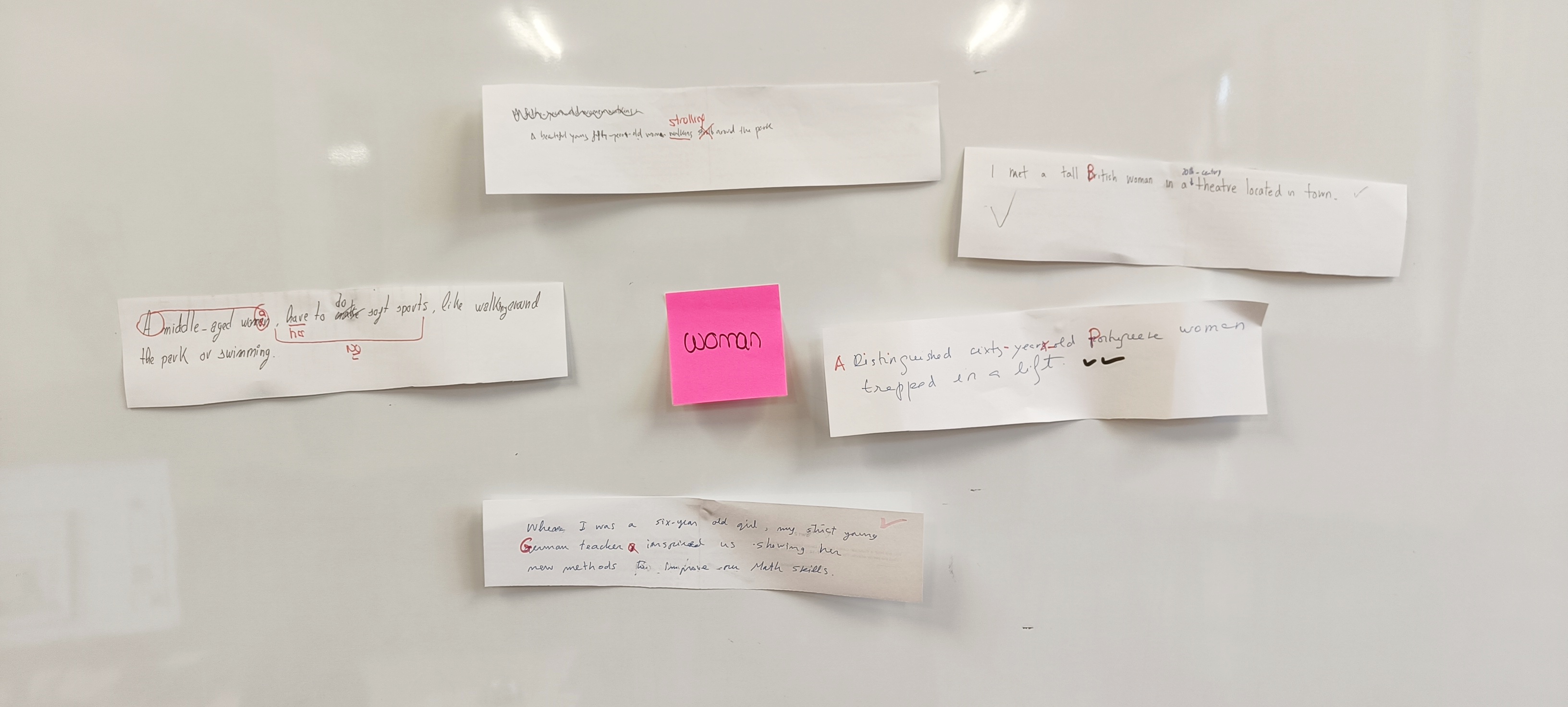

One might think that after 31 years teaching, I wouldn’t need to spend time preparing for classes. After accumulating so much content over the years, it would seem logical to just retrieve what I need from my files. However, for some reason, that’s not how it works for me. As a result, I find myself once again in the process of creating content, this time on the subject of travelling.
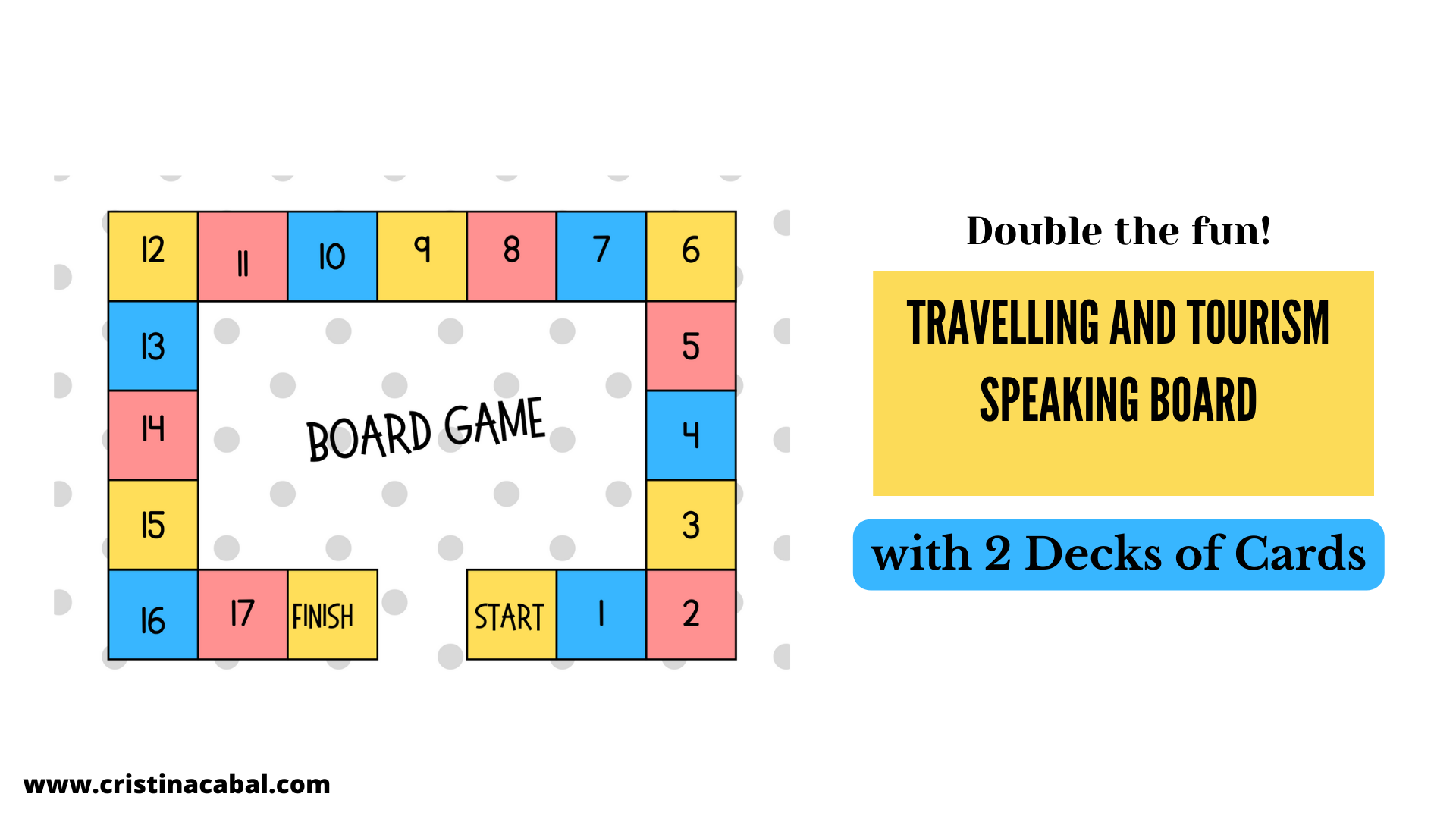
This post revolves around the topic of Travelling and Tourism and considering what I have written above, I have come up with this brilliant 🙄 idea. Use a board from Canva and replace specific questions with numbers, making it applicable to any topic. Alongside this, we can create cards that include the relevant questions and reference their corresponding numbers. What do you think?
Hold on, Cristina! Did you read the title of the post? It says “Two decks of cards”. So, we have one deck for questions, but what about the other one? I haven’t forgotten! The other deck contains useful phrases to help students express themselves more effectively. 😆
What do we need?
board game Template de cristina.cabal
travelling conversation cards de cristina.cabal
Ready to play?
Create groups of 3–4 students and give each group a board game, the two decks of cards, counters and a die. Students decide who starts the game. Student A throws the die and places his/her counter on the corresponding square, which contains a number. On the deck of cards with the conversation questions, he/she finds the card that matches the number of his/her square, reads it aloud and then takes a card from the Useful Language deck. These cards are placed face down on the table. The student will need to talk for at least two minutes, trying to use the expression on the card. Then, it is student B’s turn.
CREDITS
February favourite activity! I know! The month has barely started, but I already know this is going to be my favourite activity.
The truth is I’ve been meaning to write about this activity for a long time, and it has been sitting on my shelves for so long that I cannot give credit to one single person ’cause I don’t really know who first came up with this brilliant idea. Not me. This time, I am just the vessel.
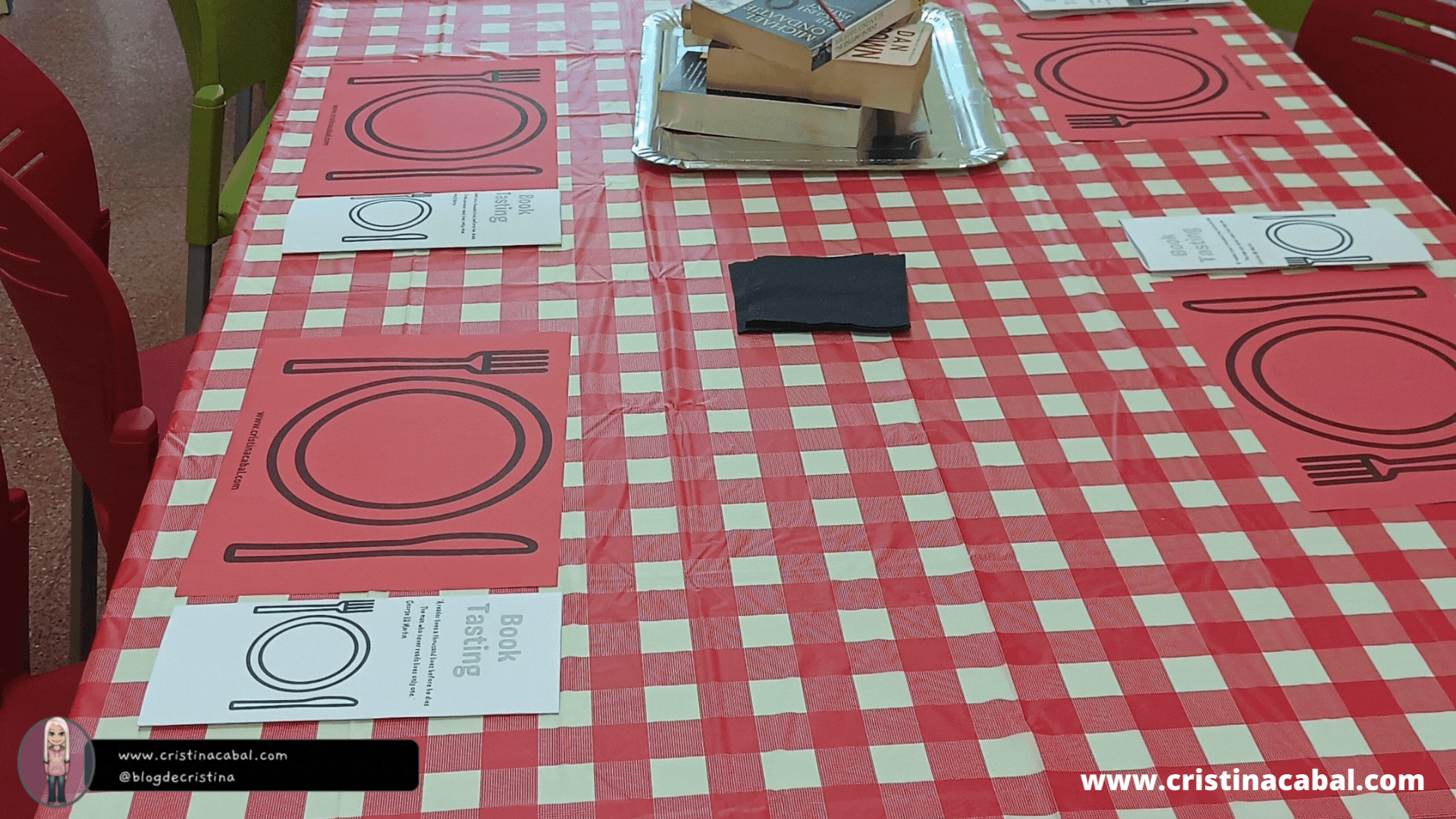
So, this activity revolves around books and the question I am asking you is: Do your students need to write a book review? Do you, or do they, choose the books they have to read? In my case, I have always hated being forced to read books I didn’t like so ever since I turned into a seasoned oldish teacher and could make my own choices, I decided to give students the choice I had never had as a student. Something as simple as choosing the books you’d like to read. From the school library. Sure.
Preparation.
– a place mat (I photocopied it in red to match the tablecloth). Download Here
-a menu (brochure) with all the instructions and space to write their options from each table. Download Here
How to go about it
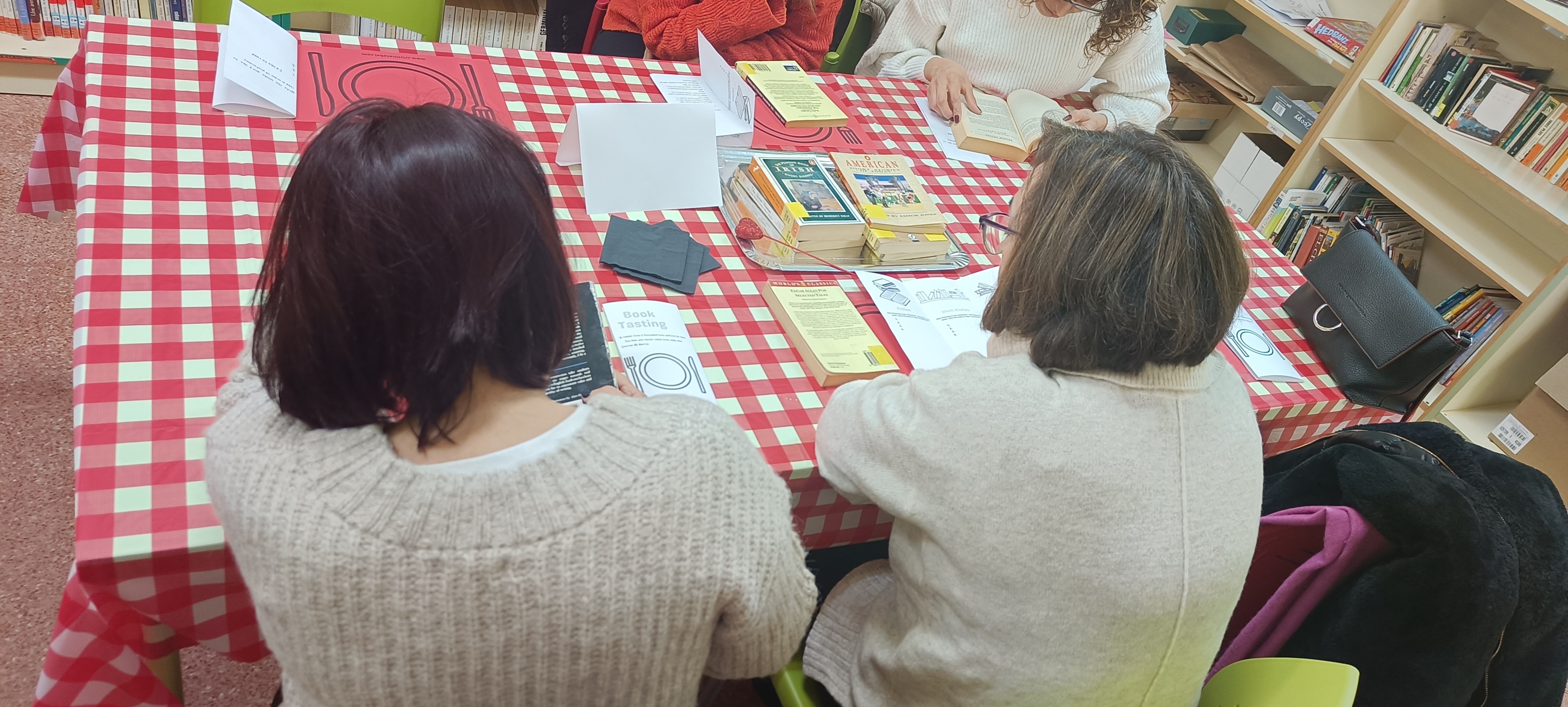
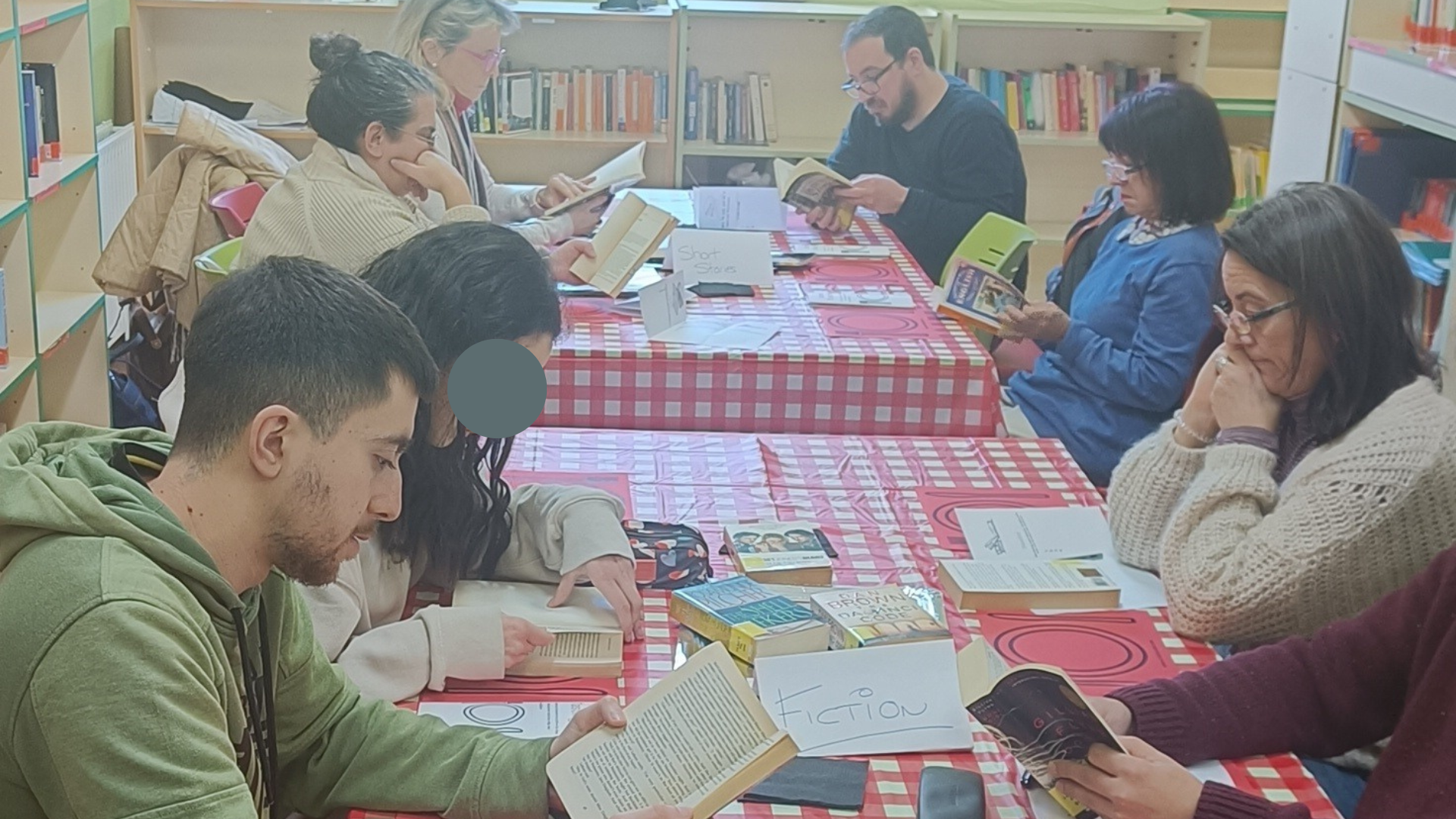
Follow up: if you are feeling up to it and know how to work with Flip, set up a Topic asking students to record their reviews of the books they have chosen. Download the QR Code generated by Flip and attach it to the back of the book. Now it’s time to move on to another round of reading. Encourage students to choose another book and listen to recommendations from their classmates.